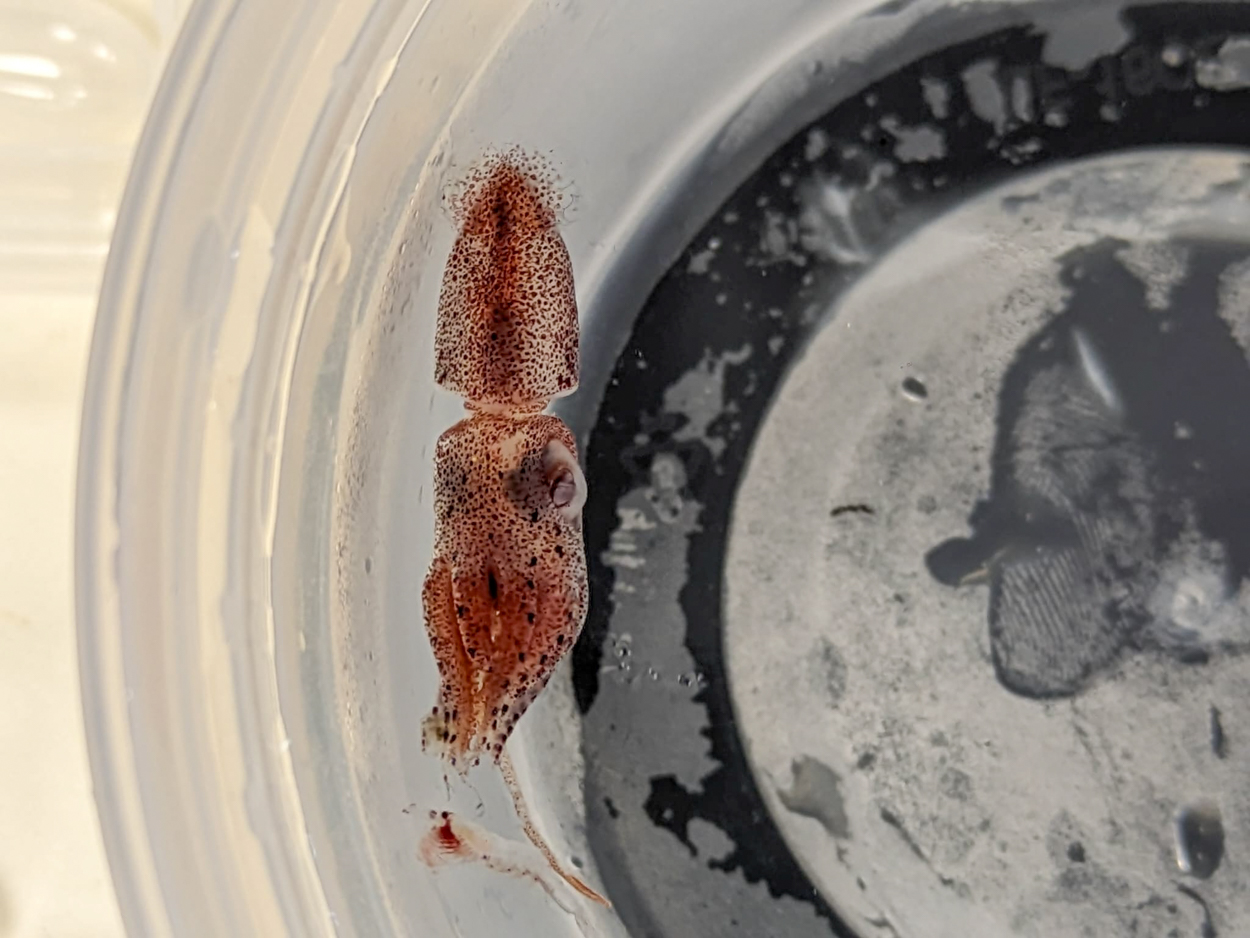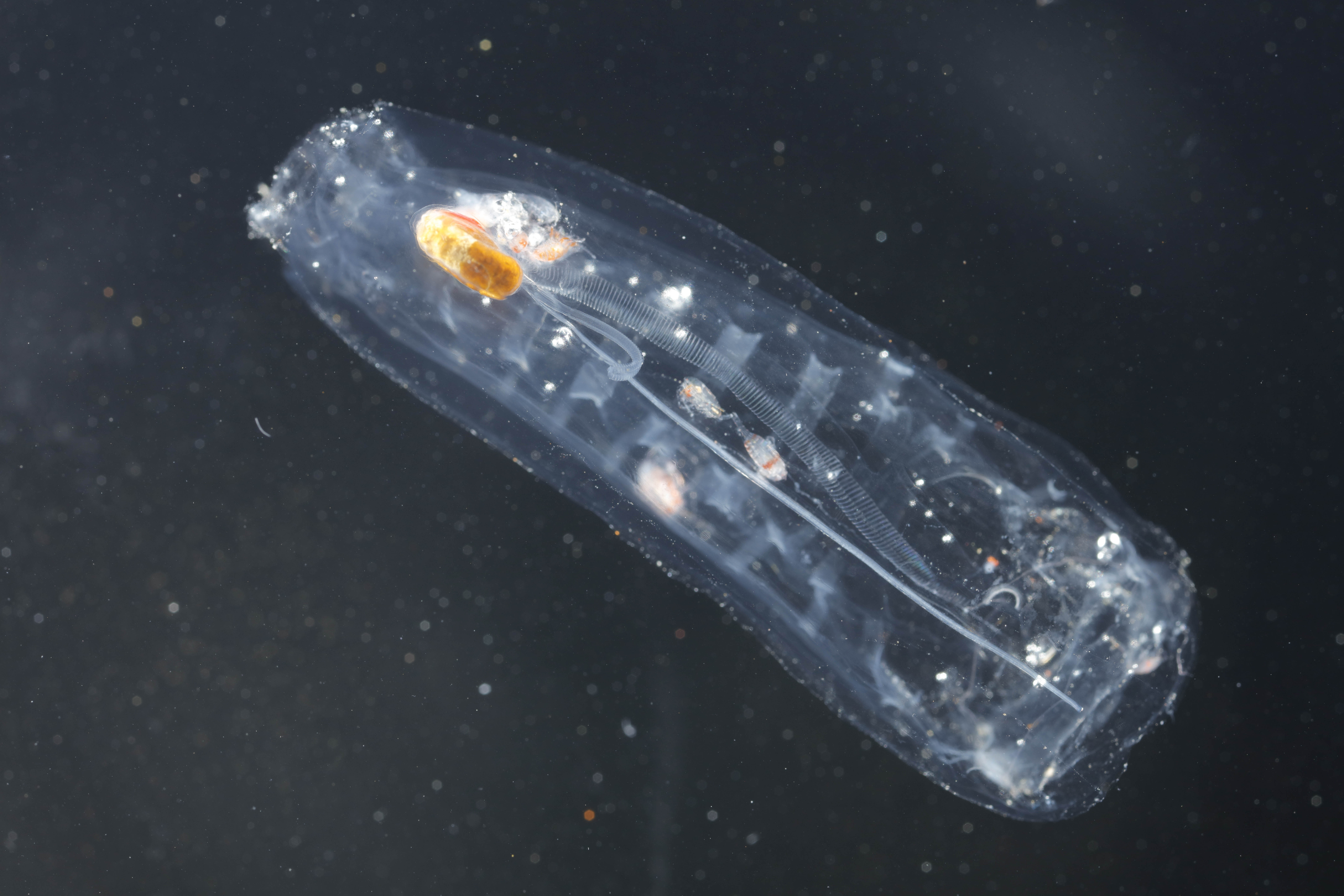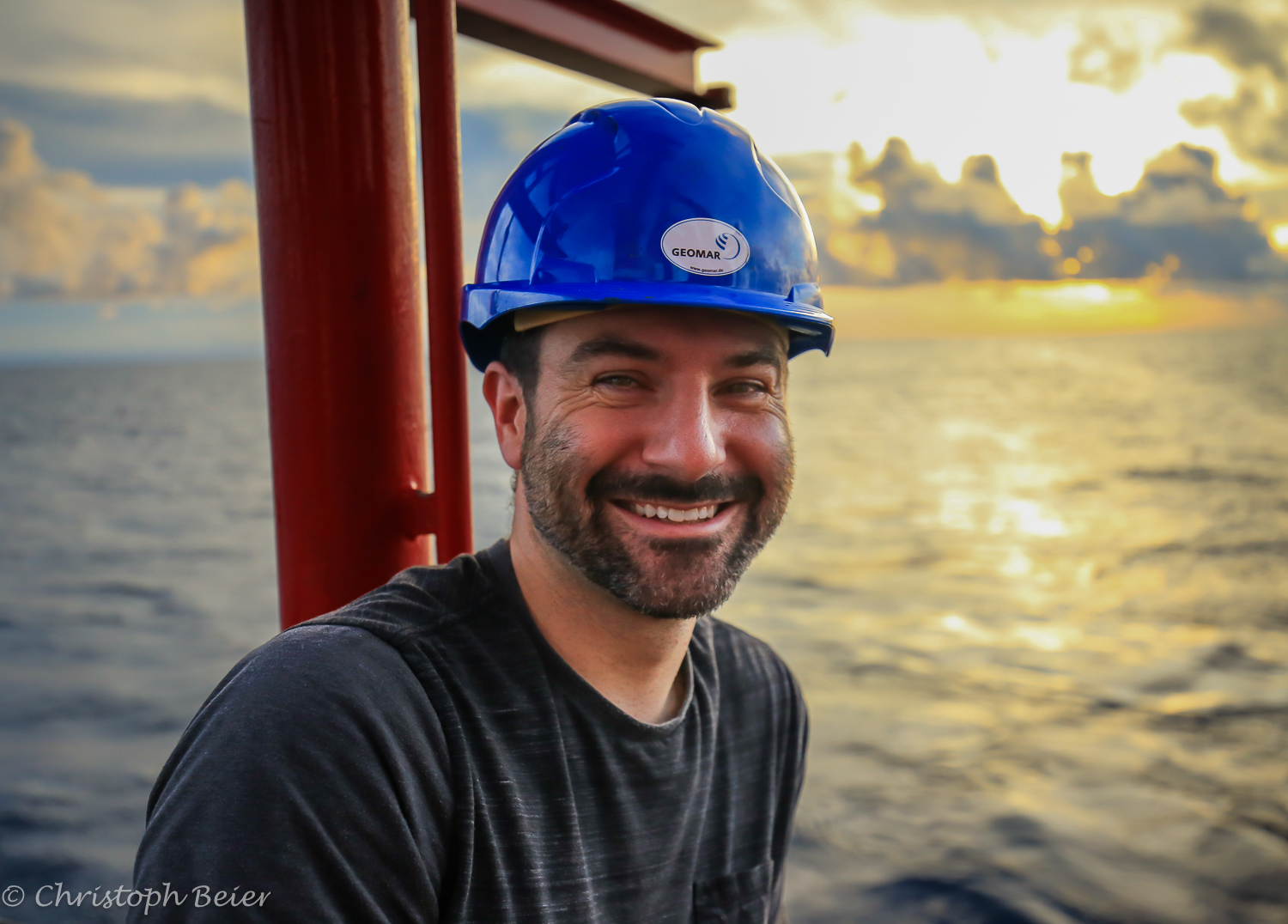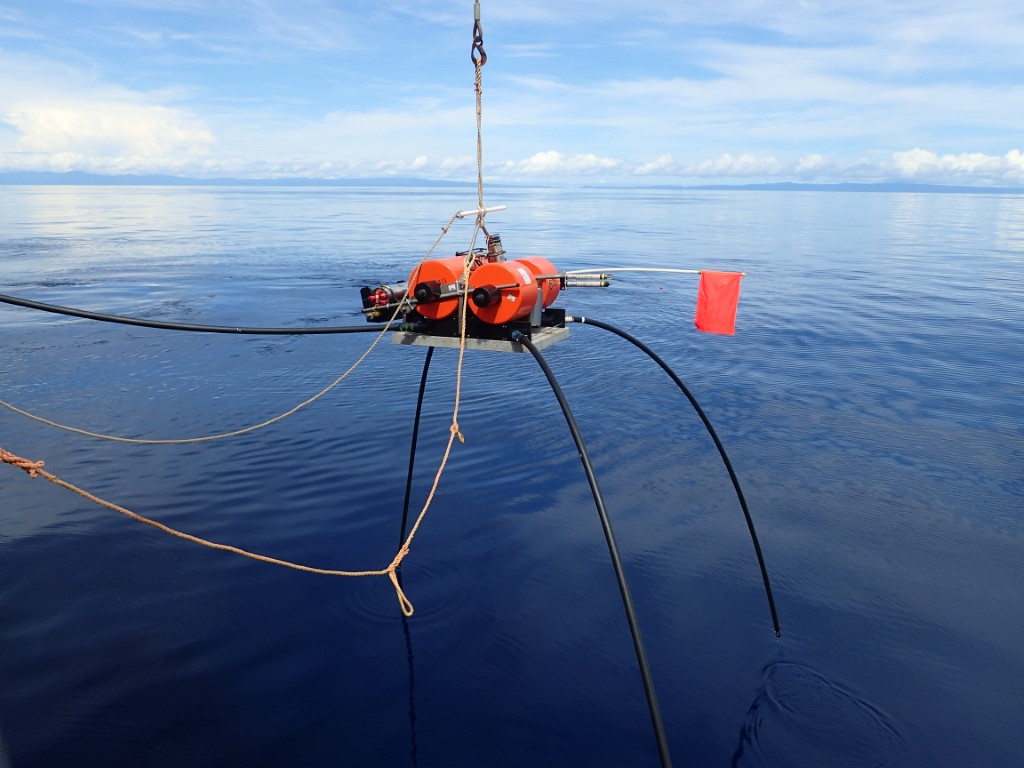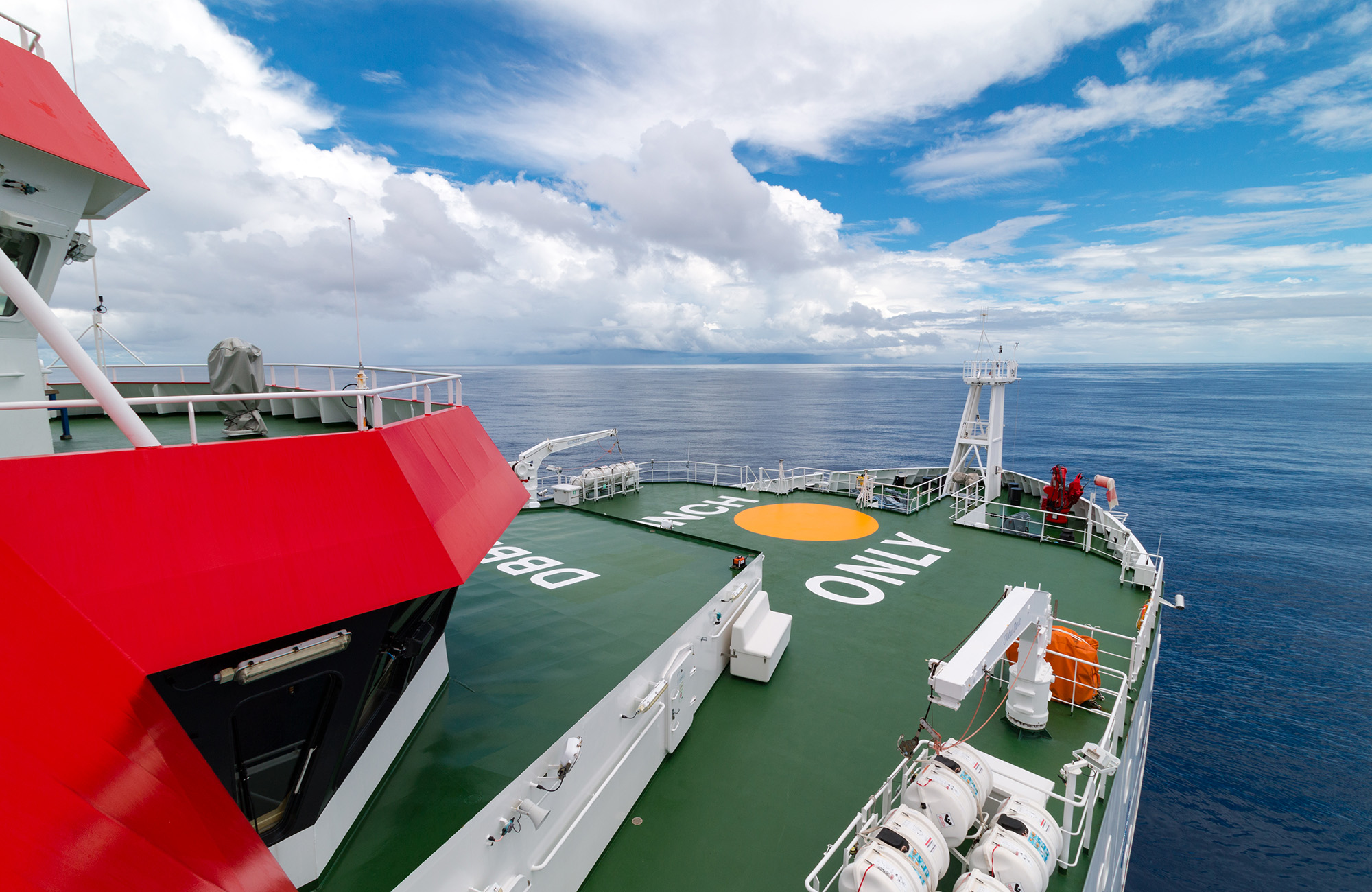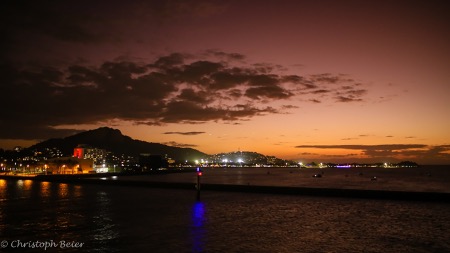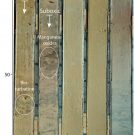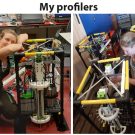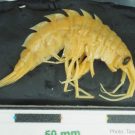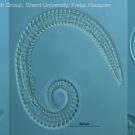We explore the entire tree of life on the research vessel MARIA S. MERIAN: animals, algae, bacteria, and viruses. The cruise focuses on the food web and ocean biodiversity. However, some animals, especially hunters such as squid and whales, are too big, fast or camera-shy for our instruments. To detect these top predators, we search […]
From fire bodies and barrel animals
One of the aims of the MSM126 expedition, embarked on its journey of discovery, is to shed light on gelatinous zooplankton diversity in Madeira water. In this regard, one particular focus lies on the enigmatic group of the thaliaceans (open-water tunicates in English and Manteltiere in German), often referred to as the enigmatic drifters of […]
Interview with the chief scientist Philipp
The cruise expedition SO299 is gradually coming closer to the end. But before we are going to leave the ship in one week in Singapore, we would kindly like to get our Chief Scientist a chance to speak. Our expedition leader Philipp bravely answered our questions, and he gives us an insight into the planning […]
In a nutshell: OBS & OBMT
To investigate the subsurface of the seafloor, we deploy geophysical instruments, which can „look“ below the seafloor bottom through the sediment and rock layers. We have two different types of devices, which complement each other. OBS stands for Ocean Bottom Seismometer, and is used to detect earthquakes. OBMT stands for Ocean Bottom MagnetoTellurics, and it […]
The first time on board a research vessel
The research vessel SONNE left Townsville on 6. June 2023 in the evening and is currently on its way to the working area with a diverse research team on board. For some of our young scientists, it is the very first research expedition at sea. Who are they? What are they working on? How did […]
Hello and Welcome on board of the research vessel SONNE!
Cool that you found us! This is the blog of the expedition DYNAMET SO299 to Papua New Guinea from 6th June to 29th July 2023. Currently, we are on our transit from Townsville/Australia into our working area near the island of New Ireland. For further detailed information about the goals and objectives of this scientific […]
Hard Rock and Heavy Metal: join the microbial deep-sea party! / Hard Rock und Heavy Metal: eine mikrobielle Tiefseeparty!
by Dr. Julia Otte, AWI and Jessica Volz, AWI (deutsch s. u.) What gravity cores can tell us about the biogeochemistry of the Deep The deep sea has fascinated mankind since the early odysseys across the oceans – many myths have been told about the depths of the sea with the dreaded Kraken and Moby […]
Supervising sensitive deep-sea sensors / Überwachung sensibler Tiefsee-Sensoren
by Elena Schiller, AWI (deutsch s. u.) Essentials of deep-sea research technology: The first thing I learnt upon entering a deep sea technology workshop was “non-corrosive steel is non-corroded on the day of delivery”, which leads me to my first topic: materials. We tend to avoid most metals because seawater is highly corrosive. So we […]
Catch It If You Can! – Amphipods in the Deep-Sea
by Tasnim Patel, RBINS Life in the deep-sea is no picnic and dedicating your life to studying our last truly unexplored wilderness isn’t easy either. To sample fauna in the abyssal plains requires courage, expertise, commitment, financial backing and in my case …a pinch of luck. I’m studying deep-sea scavenging crustaceans, which are not only […]
Deep-sea gardening
by Dr. Freija Hauquier, Ghent University Underneath the seafloor lies an entire world of small animals crawling between the sediment grains, well hidden from the human eye at first glimpse. Yet they are numerous, diverse, and equally deserve our attention in the context of deep-sea mining. Sure, studying them requires a bit more patience than […]
